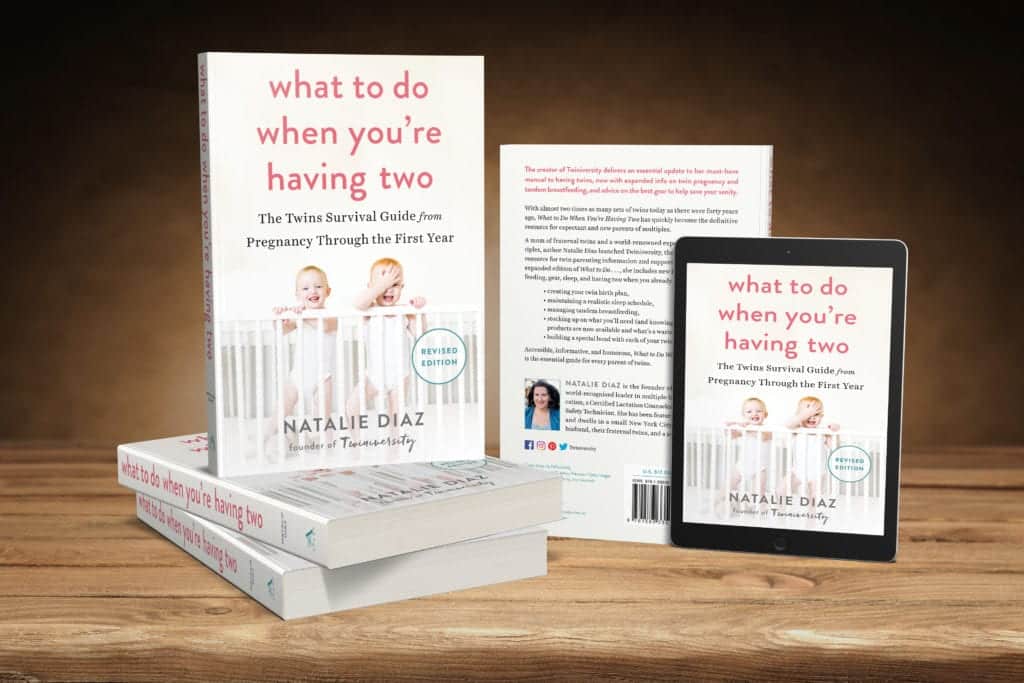Last updated on August 23rd, 2023 at 04:04 pm
Finally, the skies looked clear, and the air coming in from the window smelled like barbeque and blooming things—summer.
I looked down at my twin girls, Sassy and Gigi. They had mastered sitting up just in time for wading pools and getting sand caught in their chubby leg folds. They jibber-jabbered on their play-mat, wiggling their toes in the window’s breeze.
Sassy stared up at me, toothless grin at full power. Everything seemed fine, until she let out an abrupt, explosive cry and fat tears began to roll down her face.
I moved closer to her, and my mind slid quickly into a heated panic. A mottled, discoloration was spreading across her cheeks like purple-veined marble. Her lips turned blue, and her chin began to shake. Her arms and legs followed suit, as the color spread to her extremities.
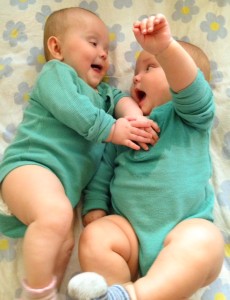
I tried to run through all my essential parental memories—through every parenting book or article—but this was completely alien to me. I grabbed her, trying to will her into consciousness, and yelled for my husband.
Normally, we’re an organized front—not this time. We were scattered, passing her back and forth between us, completely bereft of any logic. Thankfully, we finally managed to call 911.
One of the first things the dispatchers asked was, “And when did the seizure start, ma’am?” I thought I knew what a seizure looked like. My first boyfriend had a grand mal seizure in front of me once. The attack I just witnessed looked nothing like that.
After the paramedics arrived and examined her, they explained that it had, indeed, been a seizure—a febrile seizure (FS). The longer we spoke, the more frustrated I got. Apparently, this was extremely common, and yet I’d never heard or seen anything about it.
I considered that maybe I’d been wilfully ignorant, ignoring it because it sounded so unpleasant. However, the paramedics told us that our cluelessness was pretty standard among the parents they encountered.
When I got the opportunity to contribute this website, FS was the first subject I wanted to tackle. I hoped I might be able to save another family from experiencing something scary and unknown without the information they needed. It seems even more important for parents of multiples to be aware, because FS has a genetic component. If one of your multiples has one, the risk its sibling having one is greater.
So, what is a febrile seizure?
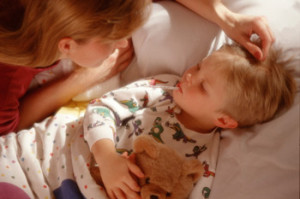
A febrile seizure (FS) is an extremely common seizure brought on by fever. It’s often the result of an unknown infection (a urinary tract infection, in Sassy’s case) which causes a quick spike in temperature. Commonly, they occur between the ages of six months and five years. They last one to ten minutes and almost always include a loss of consciousness.
What are the symptoms?
Sassy’s seizure isn’t what every FS looks like but much of what I described is typical. Such as:
- shaking of limbs/body
- relieving themselves
- drooling
- high temperature
- eye rolling
Sassy also displayed a less common symptom—hypoxia (skin discoloration due to decrease in oxygen).
What should you do?
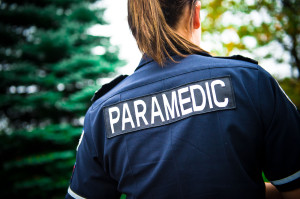
The second symptoms start, mark the time. When the symptoms abate, take another look at the clock. The paramedics will want to know how long the episode lasted.
Speaking of paramedics, if this is the first time your child is having a FS or it’s a repeat occurrence lasting more than three minutes—call 911. Your child’s health and well-being is tantamount and far exceeds any perceived “hassle” you might think calling them would cause.
The next step is to stay calm. This is particularly important when you’re a parent of multiples. The child having the seizure won’t remember it. On the other hand, your child’s sibling might end up being a witness. They’ll be looking to you for cues about how to react and behave.
Next, your main job is to make your child comfortable until help arrives.
Do’s:
- If possible, try rolling your child on their side, freeing any fluids in their mouth.
- Keep them away from dangerous objects (anything that could cause them damage).
- Fold up something soft (like a blanket) and place it under their head.
- Do away with any tight clothing around their neck.
- If your child wears glasses, remove them.
Don’ts:
- Don’t hold them down to stop them from shaking.
- Don’t put any object in your child’s mouth. Objects in the mouth could cause choking and broken teeth.
- Don’t put them in a bathtub during a seizure; it could cause head injury or drowning.
What should you expect after the seizure?
The paramedics will examine your child, take their medical history, do a series of tests to eliminate any other issues, and will likely ask to administer Acetaminophen (Tylenol) and/or Ibuprofen (Advil) to bring their temperature down.
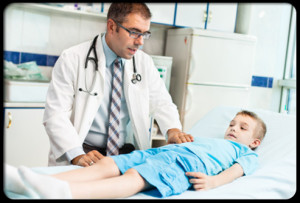
At the hospital/doctor’s office they’ll be investigating the cause of the fever. This might involve blood tests and/or a urine test. Likely, once the cause is discovered, you’ll be released. That being said, if it’s an atypical seizure, they may require more time for observation/tests.
At home, you’ll need to treat your child for whatever infection or illness caused the seizure. This may mean administering antibiotics and continuing to keep their temperature low (Tylenol, dressing them lightly, etc.).
The prognosis for a child who experiences a FS is positive: there’s no brain damage, only five in a hundred children turn out to have a condition like epilepsy, and the majority will grow out of it by the time they reach Kindergarten.
Truthfully, the first couple weeks after Sassy’s episode, I watched her incessantly looking for the slightest sign of seizure. Once the realization that she was truly going to be okay sunk in, I relaxed and fell back into enjoying the beginning of summer with my girls. I know this period of adjustment would’ve been avoidable if I’d been more informed. My hope is that none of you will have to go through the same thing.

Rebecca Dreiling spent most of her professional life pretending for adults and now does it, almost exclusively, for her children. She’s an American expat living with her husband and daughters in the wilds of Canada’s biggest city. Currently, she’s taking a break from her performing career, going to school for creative writing, composing her fantasy novel, and vicariously soaking up the superior talents of her monthly writer’s group. Her oldest daughter is in Kindergarten and her fraternal twin girls were born last fall. Follow her on Twitter and on her blog.
Are You a New Twin Parent?
Check out Natalie Diaz’s book:
“What To Do When You’re Having Two
The Twin Survival Guide From Pregnancy Through the First Year”
In What to Do When You’re Having Two: The Twins Survival Guide from Pregnancy Through the First Year, national twins guru and founder of Twiniversity (and twin mom herself!) Natalie Diaz provides a no-holds-barred resource about life with twins, from pregnancy and birth all the way through your duo’s first year of life.
Accessible and informative, What to Do When You’re Having Two
is the must-have manual for all parents of twins.


